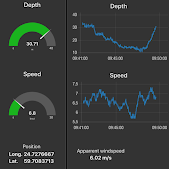How to use Home Assistant for heating and cooling

I have made several posts regarding temperature , in some way, and now I'm back with a post using Home Assistant(HA) and controlling temperature. The primary purpose of this post is to address an upcoming issue with our floor heating system. However, it may also provide some assistance for other temperature control problems using HA "Generic Thermostat" As said before I'm more comfortable with Node-RED then YAML, in HA, so .....😎


























